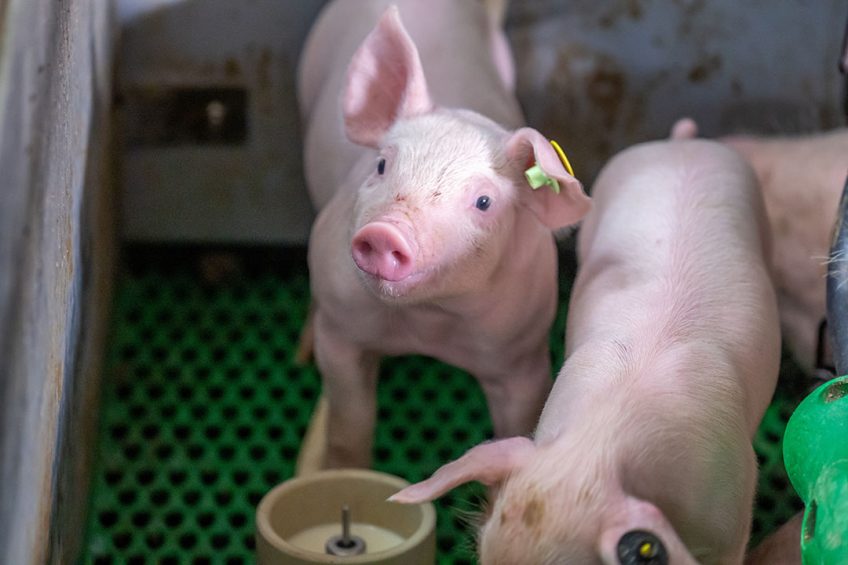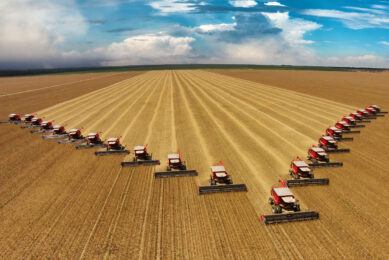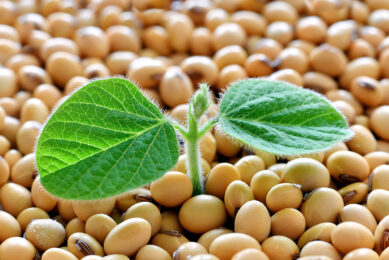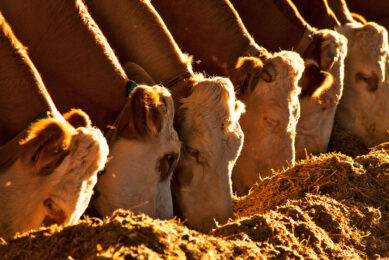How to limit soy’s carbon impact?

Approximately 60% of the carbon footprint of pork comes from feed and, of that, the single biggest contributor is soybean meal. So, what can companies do to help reduce this percentage?
When we talk about carbon footprint we mean the total greenhouse gas emissions (carbon dioxide, methane and nitrous oxide) caused by a product expressed as carbon dioxide equivalents (CO2e or CO2eq). As already explained, 60% of the footprint of pork production comes from feed, and this comes mainly from the inclusion of soybean meal. Soy is an essential protein source in feeding solutions for piglet production. However, although in a typical pig finisher feed, soy may only be 10% of the ration, it can contribute 50% of the carbon footprint. This is a figure that can no longer be ignored as global concerns around climate change are increasing.
Effect of land use change
It is easy to assume that the soy impact is the result of “food miles”; however, it is in fact the Land Use Change (LUC) attributed to growing soybeans produced in South America that influences this figure. Land Use Change can be defined as a conversion from one land use category to another as a result of human activity. This includes deforestation but also other changes, such as a move from grassland to crops, and it is reviewed over a 20-year time frame. It is important to note that before LUC is attributed to soy, it has a very low carbon footprint compared to other proteins, and that soy beans grown outside of South America are related to very little or zero Land Use Change.
Soy certificates
Reducing the amount of soy in the ration by improving genetics, health and feed regimes will significantly reduce the carbon footprint of pig feed and pork. Reducing the impact of soy by sourcing non-LUC material, i.e., either non-South American or by using ‘Sustainable Soy Certificates’ will also provide a significant reduction. Sustainable Soy Certificates are available from regulated soy schemes that stipulate no Land Use Change. They use satellite images to ensure that there has been no land conversion since 1999 (source: Blonk Consulting) and Fefac have updated their Soy Sourcing Guidelines for 2021 to include a section on “transparency on conversion-free soy approaches in the market”, such as using a certain quality of satellite image for LUC analysis.
Emissions examples
Calculating the average percentage of soy inclusion across rations, which is a reasonably quick and easy measure, can be used to set targets to work towards for producers wanting to reduce their emissions footprint. As an example, a UK home-mixer using wheat, barley and soy rations with an average soy inclusion of 16.5%, a wean to finish FCR of 2.4 and a DW of 85 kg will have emissions from soy alone of 2.66 kgCO2e per kg DW. If, by using alternative proteins, the soy inclusion is reduced to 10% (with no loss of performance) then the emissions from soy would be 1.70 kgCO2e per kg dead weight (DW) (source: Premier Nutrition).
Conclusion
In the future we will see increasing pressure on global ecosystems. While soy is an essential protein source for pigs, we also have to be aware of the environmental impacts that the feed industry has. For most feed input suppliers, a combination of initiatives will be critical drivers for change, but the investment in Sustainable Soy Certificates is a highly effective and trusted solution. Luckily, an increasing number of animal nutrition companies are becoming aware of the sustainable impact of feed and the use of soy and have started to source soy through these certificates.











